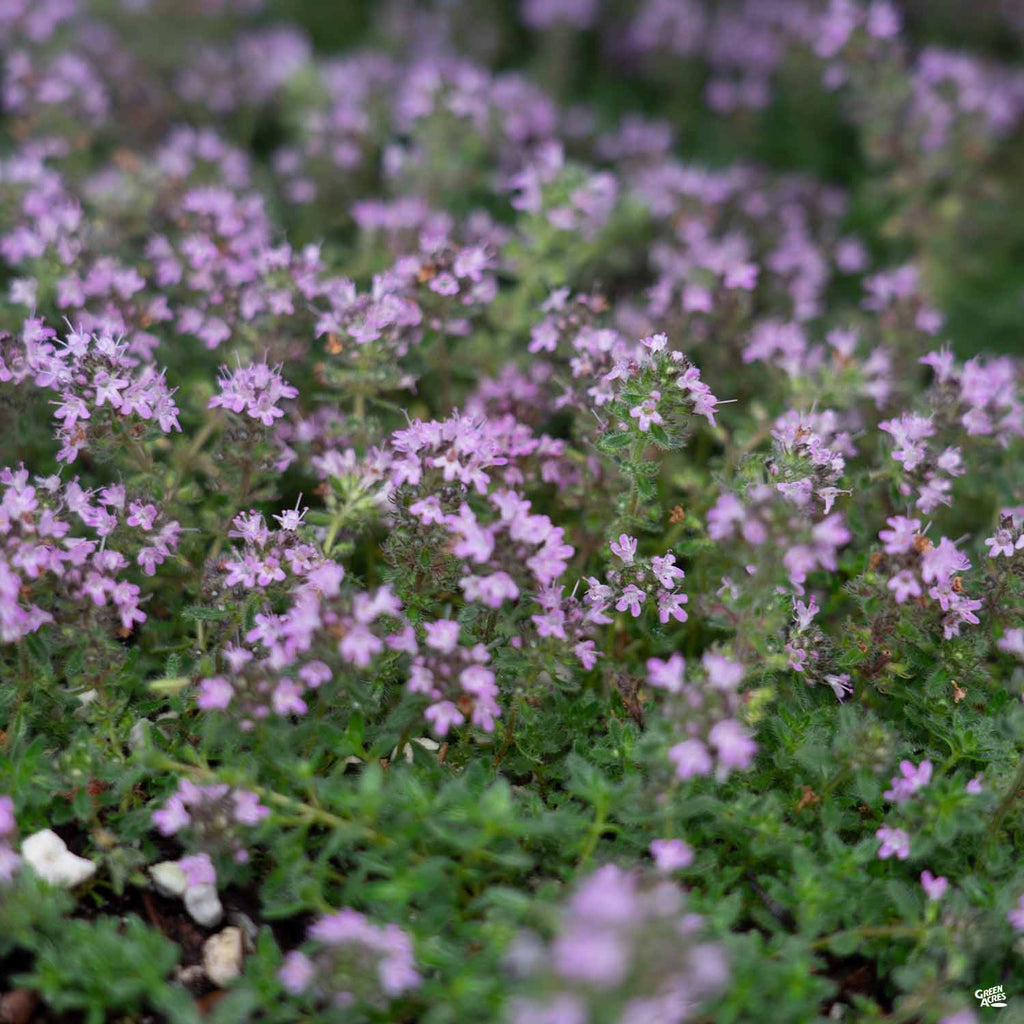
The 25th anniversary festival was dedicated to the World War II veterans of Lee County. The Woolly Worm Festival celebrated 25 years in October 2012. A few sprays is all you’ll need to keep him happy. Using a spray bottle mist the sides of the container and the surface of the leaves every three days.Place a lid over the container with holes poked through so the Woolly Bear can get air but not escape.Place a few sticks inside the container for the Woolly Bear to climb on and to hide under as well.Every couple of days, replace with fresh grass and leaves.Woolly Bears use leaves for food, you’ll want to gather a variety of the leaves in the immediate area. Gather leaves from the area you found the Woolly Bear in.Collect some grass and line the top of the soil with it.Use soil from the area you found the caterpillar in. Cover the bottom of the container with 1/2 inch to 1 inch of soil.The first you’ll need is a container which can be as simple as a plastic cup.After a weekend of racing, release him back into nature where you found him. Here are some tips that will help you take care of your woolly worm. Don't worry if you didn't bring a racing woolly worm with you, just pick one up at the raceway.ġ) The worm you are racing must be a Banded Woolly Bear.Ģ) Place your worm on the string below the starting mark until the whistle is blown.ģ) when whistle sounds, let woolly worm go.Ĥ) Once your woolly worm climbs past the starting mark on the sting, you are not allowed to touch him.ĥ) First worm to the top WINS! Winners are qualified for the Championship Race on Sunday.Ħ) Grand Champion Woolly Worm is the official weather predictor of the year! In the fall months they can be found in leave piles, on lawn furniture, around wood piles, and even crossing back country roads. Banded Woolly Bears, as they are property named are easy to find. Win a pleminary race and you will be eligible to race your worm in the championship race on Sunday afternoon. Races will take place all day long each day of the festival. This type of lawn is not going to be tough enough for a rousing game of touch football, or frantic fetch games with the dog, but it will stand up to light foot traffic, or seating.Īvoid the area when the flowers bloom, due to the risk of getting stung by a busy pollinator gathering the nectar.Be sure to race a woolly worm at the raceway located at the heart of the festival. Types of thyme for a thyme lawn are Thymus serpyllum 'Elfin' (Elfin thyme), Thymus coccineus (Red Creeping thyme) and Thymus pseudolanuginosus (Wooly thyme).These are all very short and don't produce much long top growth, which would be a tripping hazard. Projects that will be used for light foot traffic. Most varieties do well at the closer spacing, especially for Plant 20cm (8") apart, which is my recommendation, add about a third again. This can take several seasons, depending on the variety or species. Using this quantity, your thyme lawn will eventually fill in. To plant 30cm (one foot) apart, this will give you the number of plugs to To calculate how many plugs you'll need, measure the area you want to plant, multiply length x width. Rake this out, then you're ready to plant your thyme plugs. Inches.Don't use fine playground sand or beach sand, which could have salt in it. The area then roter tilling it in to a depth of between two and six I recommend adding small gravel such as pea gravel or graded sand to The most important concept to remember is that you want to cut off all light to the weeds and/or grass below.īe patient, as this can take two seasons to completely kill off the top growth, and longer still if you don't get all the roots.Īdding drainage to your area is crucial if the soil drains slowly, such as clay soil. When you're ready to plant, remove all the straw (use it for mulching your vegetable garden so it doesn't go to waste). Re-introduce more weed seeds) or sawdust. Sheets of newspaper covered with straw (not hay, as you'll just You will need to remove all the existing vegetation such as perennial weeds and any grass.īy covering the whole area with black plastic, cardboard or multiple Initial preparation of the area you want to plant can be a hurdle.

Keep these important points in mind if you're thinking of starting a thyme lawn: Thyme is a drought tolerant groundcover with the added bonus of a solid month or two of bloom during the summer, attracting pollinators from miles around. Not only is a thyme lawn lovely to look at, it will also require much less water and care than grass. What could be better? The feel of it on bare toes is a textural treat, and the look of a happy thyme lawn adds romance and an established feel to the xeric garden. Sweet smelling, drought tolerant and never needs mowing or fertilizing. Wooly thyme, among others, makes a perfectly behaved lawn alternative.


 0 kommentar(er)
0 kommentar(er)
